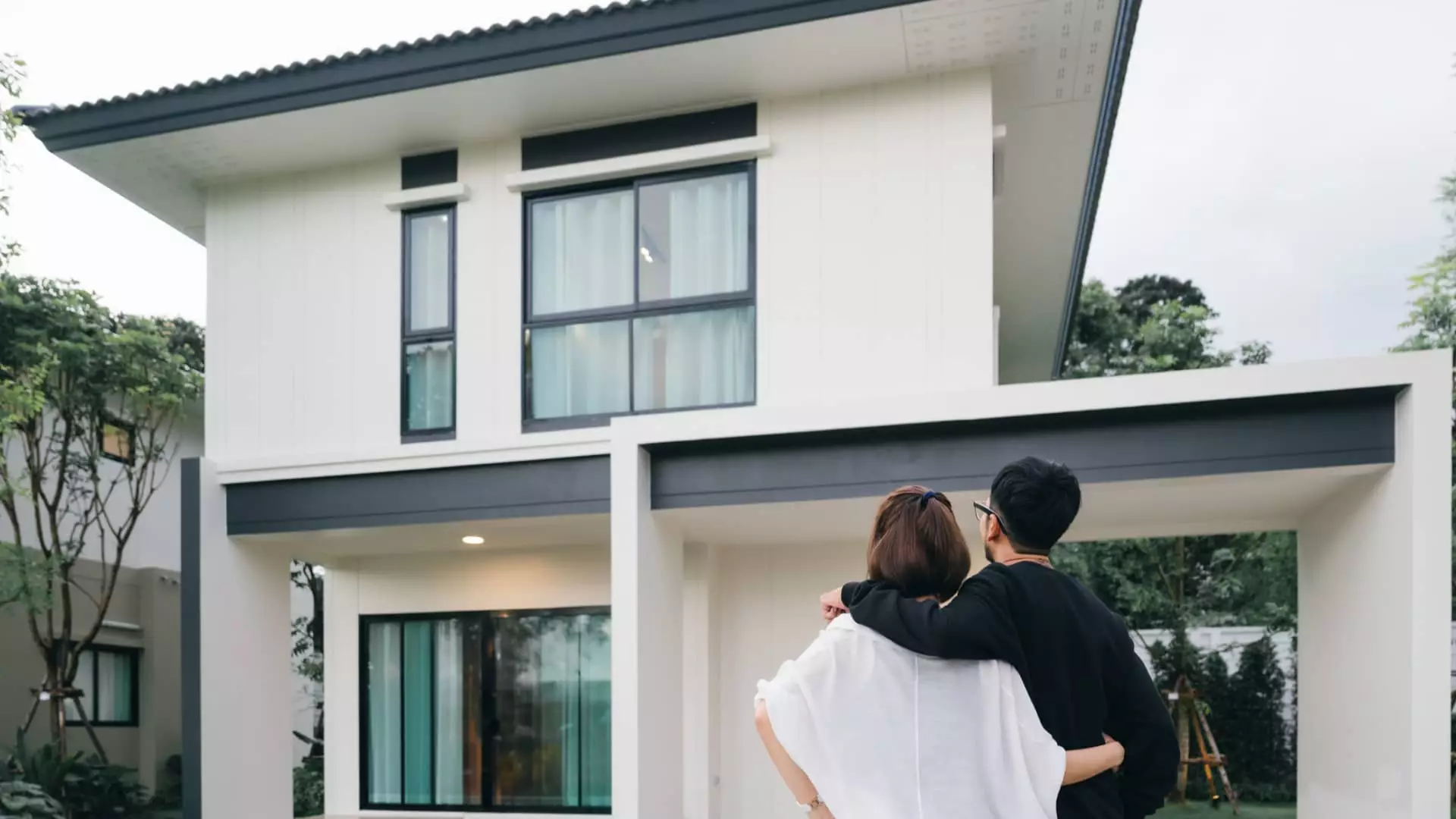Buying a home is a significant milestone for many individuals and families. However, the journey to homeownership can be riddled with challenges, not the least of which is the daunting task of saving for a down payment. A detailed analysis from RealtyHop reveals critical insights into how long it takes potential homebuyers to save for a 20% down payment across various U.S. cities, emphasizing the considerable influence of location and personal circumstances on one’s ability to own a home.
One of the most significant factors affecting how long it takes to save for a down payment is geographic location. In cities where real estate prices soar, such as New York City, prospective buyers face overwhelming financial obstacles. RealtyHop’s report found that it could take an average of nearly 11 years to save the necessary funds for a 20% down payment on a median-priced home. To illustrate, saving approximately $173,000 for a home priced at $865,000 means individuals are challenged to set aside 20% of their annual gross income over a long period.
Conversely, cities with lower median home prices, such as Detroit, present a much easier path to homeownership. Here, buyers need only about 2.5 years to save for a 20% down payment on a $100,000 home, assuming a median income of around $39,575. This stark contrast highlights not only the impact of local economies but also the emerging inequalities in housing opportunities across the nation.
In addition to geographical constraints, family responsibilities play a crucial role in a buyer’s ability to save for a down payment. A separate report issued by Zoocasa indicates that homebuyers with children often take significantly longer to amass the required savings compared to their child-free counterparts. For instance, in Detroit, parents may need over 20 years to save for a down payment, largely because of the added expenses associated with raising children, such as childcare and education.
This distinction underscores the importance of considering lifestyle choices and personal circumstances when formulating savings plans. Family responsibilities not only heighten financial burdens but also necessitate a more strategic and disciplined approach to budgeting and saving.
As the housing market evolves, the trend of rising home prices worsens the outlook for potential homebuyers, particularly in desirable areas. According to Jacob Channel, an economist at LendingTree, individuals drawn to expensive markets must grapple with the reality that higher real estate prices inflate the amount required for a down payment, thereby lengthening the time it takes to save.
For example, in Los Angeles, where the median home price reached approximately $1.13 million, buyers face the staggering requirement of about $1,339 in monthly savings for 14.1 years—an almost impossible challenge for many. Such figures reveal the consideration potential buyers must make when deciding whether to pursue homeownership in their preferred locales or look for opportunities in less exorbitant markets.
While striving for a 20% down payment is a common goal, the reality is that it is not an absolute requirement for home purchasing. In recent data from Realtor.com, it was reported that the average down payment was approximately 14.5%, suggesting that buyers are often able to find ways around the traditional expectation. Furthermore, various loan programs, including VA loans and USDA loans, provide options for qualifying buyers to purchase homes without a down payment, making homeownership more accessible.
However, the trade-off is often higher monthly mortgage payments due to larger loan amounts. As Channel points out, smaller down payments can also trigger the need for private mortgage insurance (PMI), leading to increased financial strain. Therefore, prospective buyers must weigh these financial factors carefully before making commitments.
Navigating the journey to homeownership requires careful planning and realistic goal-setting. Melissa Cohn from William Raveis Mortgage emphasizes the importance of understanding one’s financial landscape: “It all starts with a good budget,” she advises. Prospective buyers should be mindful of their incomes, expenditures, and potential savings, aiming to identify feasible ways to reduce costs and boost their saving capacity.
Additionally, understanding the typical closing costs in one’s targeted area is critical. Closing costs can add an extra layer of financial obligation, requiring buyers to plan and save accordingly, typically ranging from 2% to 6% of the loan amount.
Ultimately, everyone’s journey to homeownership is unique. By carefully assessing personal financial situations, local real estate markets, and available resources, potential buyers can create a realistic timeline that aligns with their dreams of homeownership, allowing them the flexibility to progress at their own pace.

